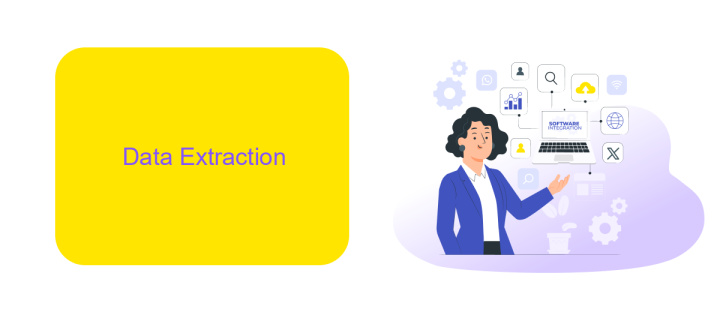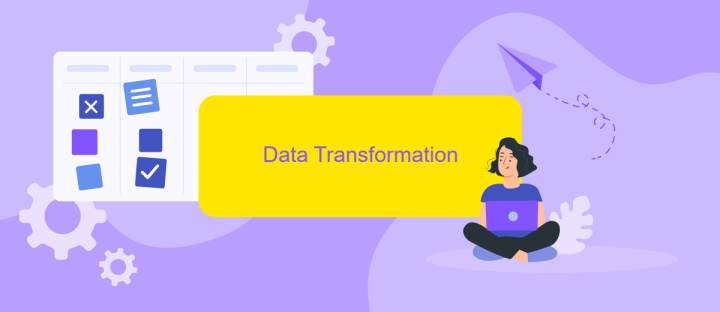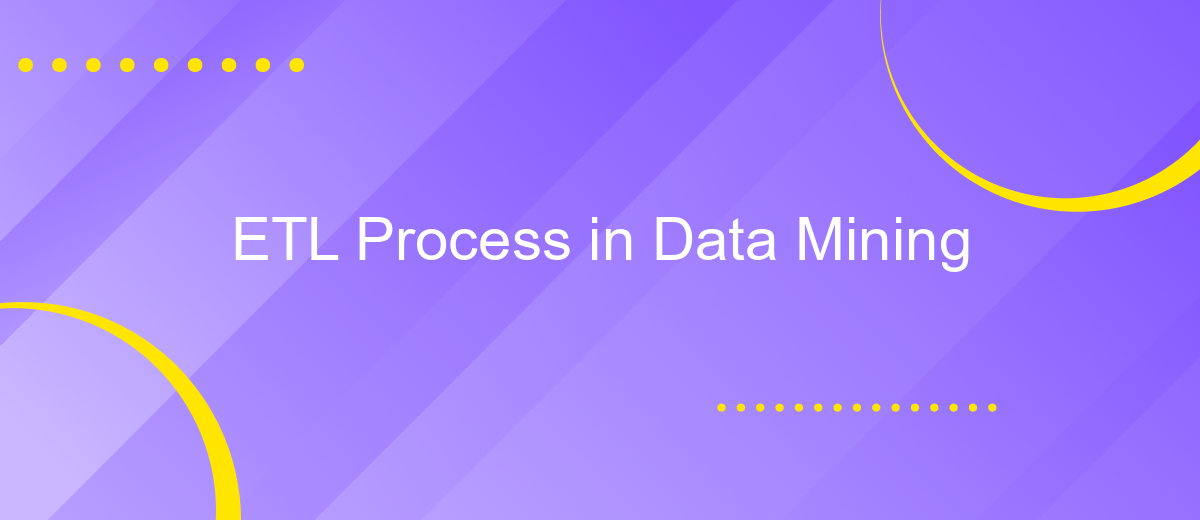ETL Process in Data Mining
The ETL (Extract, Transform, Load) process is a crucial component in data mining, enabling organizations to efficiently gather, refine, and integrate data from multiple sources. This systematic approach transforms raw data into meaningful insights, facilitating informed decision-making and strategic planning. Understanding the ETL process is essential for leveraging data effectively and gaining a competitive edge in today's data-driven world.
Introduction
The ETL (Extract, Transform, Load) process is a crucial component in data mining, enabling organizations to efficiently manage and analyze vast amounts of data. This process involves extracting data from various sources, transforming it into a suitable format, and loading it into a data warehouse or other storage systems. ETL ensures that data is accurate, consistent, and ready for analysis, which is essential for making informed business decisions.
- Extract: Gathering data from multiple sources such as databases, APIs, and flat files.
- Transform: Cleaning, normalizing, and enriching the data to meet specific requirements.
- Load: Storing the transformed data into a target system for further analysis and reporting.
One of the tools that facilitate the ETL process is ApiX-Drive, which simplifies the integration of various data sources. ApiX-Drive automates data extraction and transformation, reducing manual efforts and ensuring data consistency. By leveraging such tools, organizations can streamline their ETL workflows, allowing them to focus more on data analysis and deriving actionable insights.
Data Extraction

Data extraction is the initial and crucial step in the ETL (Extract, Transform, Load) process, where raw data is collected from various sources for further processing. This phase involves identifying relevant data sources, which can include databases, APIs, flat files, and web services. The goal is to gather data in its most raw form, ensuring that all necessary information is captured accurately and completely. Effective extraction methods are essential to avoid data loss and ensure high-quality data for subsequent transformation and loading phases.
Modern tools and services, such as ApiX-Drive, simplify the data extraction process by providing seamless integration capabilities with multiple data sources. ApiX-Drive allows users to connect different platforms and automate data extraction tasks, reducing manual effort and minimizing the risk of errors. By leveraging such services, organizations can enhance their data extraction efficiency, ensuring that data is consistently and reliably gathered from various sources for further analysis and decision-making.
Data Transformation

Data transformation is a critical step in the ETL process, where raw data is converted into a format that is suitable for analysis. This step involves various operations such as data cleaning, normalization, and aggregation, ensuring that the data is accurate, consistent, and usable for downstream processes. Effective data transformation can significantly enhance the quality of insights derived from data mining.
- Data Cleaning: This involves identifying and correcting errors or inconsistencies in the data to ensure reliability.
- Normalization: This process standardizes data to bring it to a common format, making it easier to analyze.
- Aggregation: This step summarizes data by grouping it, which helps in simplifying complex datasets.
Tools and services like ApiX-Drive can facilitate the data transformation process by automating the integration and synchronization of data from various sources. ApiX-Drive offers a user-friendly interface and supports a wide range of applications, making it easier to set up and manage data pipelines. By leveraging such tools, organizations can streamline their ETL processes and focus more on deriving actionable insights from their data.
Data Loading

Data loading is the final phase of the ETL process, where the transformed data is loaded into the target data storage system. This step is crucial as it ensures that the data is available for analysis and reporting. The target system can be a data warehouse, a data lake, or any other data repository that supports business intelligence and analytics.
During the data loading phase, it is essential to ensure data integrity and consistency. This involves validating the data to ensure it meets the required quality standards and conforms to the schema of the target system. Efficient data loading processes are vital to minimize downtime and ensure that the data is up-to-date.
- Full Load: Loading all data from the source system to the target system.
- Incremental Load: Loading only the data that has changed since the last load.
- Batch Load: Loading data in batches at scheduled intervals.
- Real-Time Load: Continuously loading data as it becomes available.
Tools like ApiX-Drive can simplify the data loading process by providing seamless integrations between various data sources and target systems. ApiX-Drive allows for automated data transfers, reducing manual effort and ensuring that the data is consistently and accurately loaded into the target system. This helps organizations maintain data integrity and supports efficient decision-making processes.
Data Mining and Analysis
Data mining is a crucial step in the ETL (Extract, Transform, Load) process, focusing on extracting valuable insights from large datasets. It involves various techniques such as classification, clustering, regression, and association rule learning to identify patterns and relationships within the data. These techniques enable organizations to make data-driven decisions, predict future trends, and improve operational efficiency. The analysis phase often employs statistical methods and machine learning algorithms to interpret the data and generate actionable insights.
To streamline the integration and analysis of data from multiple sources, services like ApiX-Drive can be highly beneficial. ApiX-Drive offers automated data integration solutions that simplify the process of connecting various applications and platforms. By using such tools, businesses can ensure seamless data flow and real-time updates, which are essential for accurate and timely data analysis. This integration capability allows data scientists and analysts to focus more on the analytical aspects rather than the technical challenges of data handling, ultimately leading to more effective data mining outcomes.
FAQ
What is ETL in data mining?
Why is the ETL process important?
What are the main challenges in the ETL process?
How can ETL processes be automated?
What are the key steps involved in the ETL process?
Routine tasks take a lot of time from employees? Do they burn out, do not have enough working day for the main duties and important things? Do you understand that the only way out of this situation in modern realities is automation? Try Apix-Drive for free and make sure that the online connector in 5 minutes of setting up integration will remove a significant part of the routine from your life and free up time for you and your employees.

